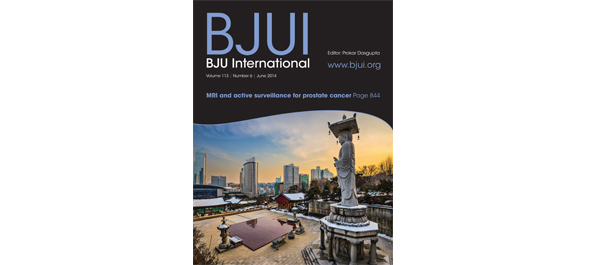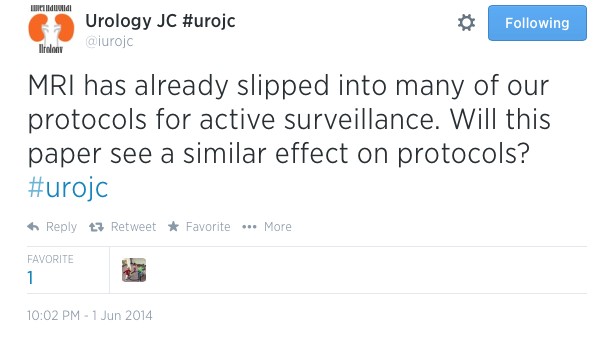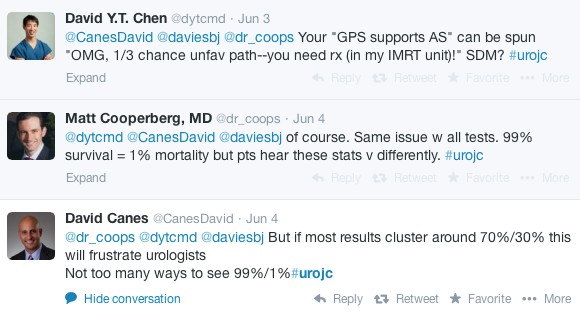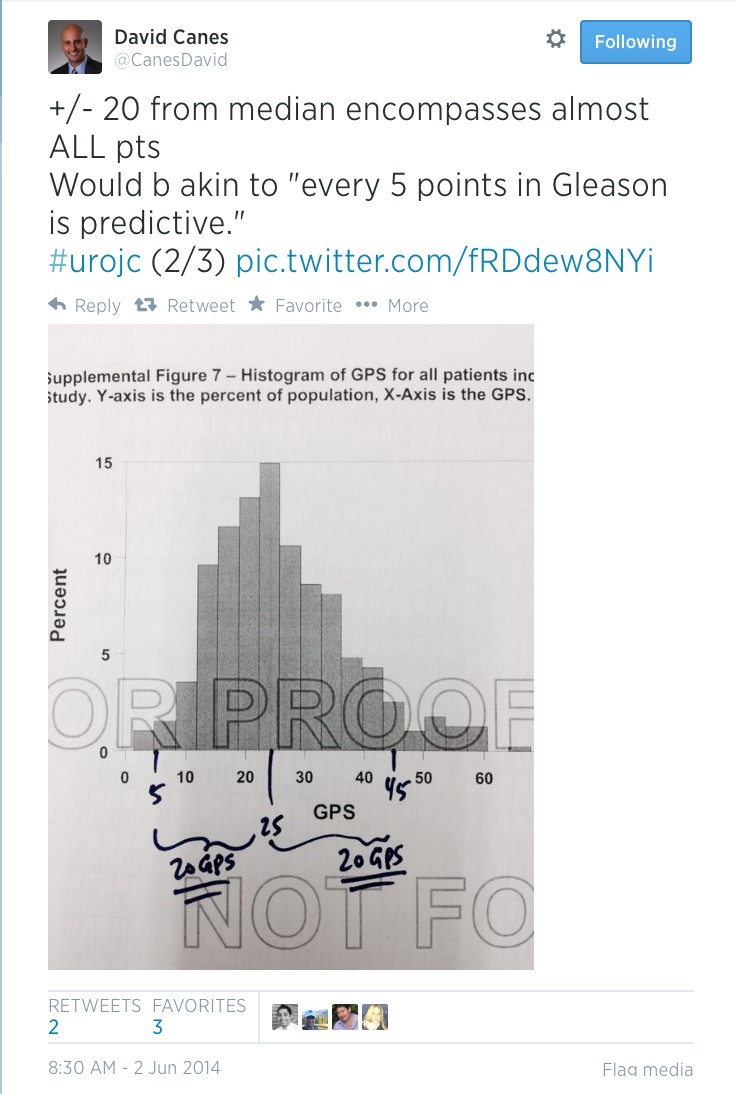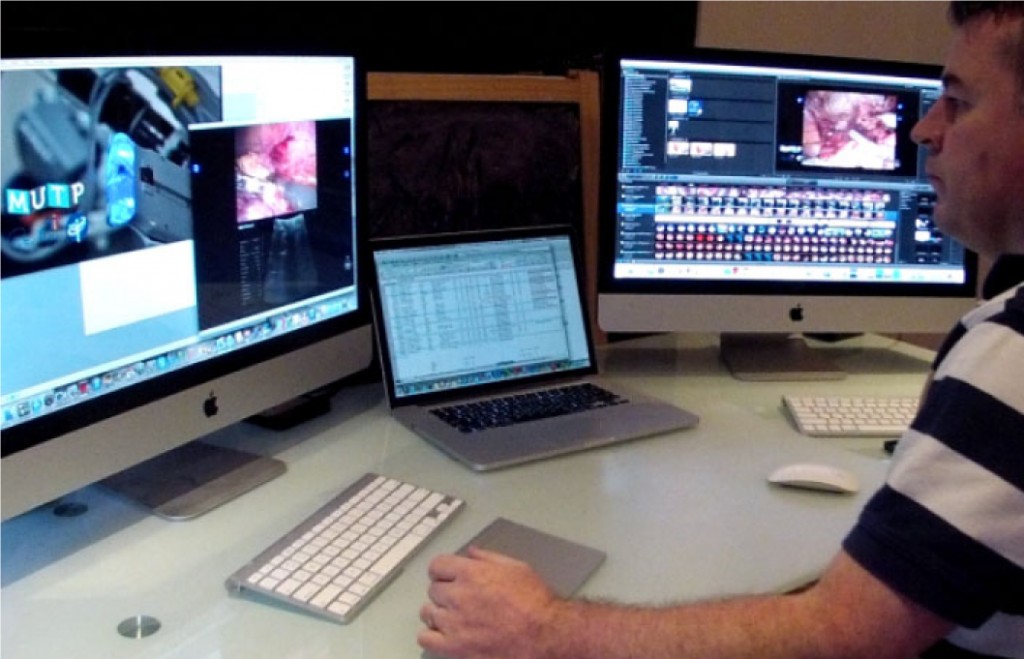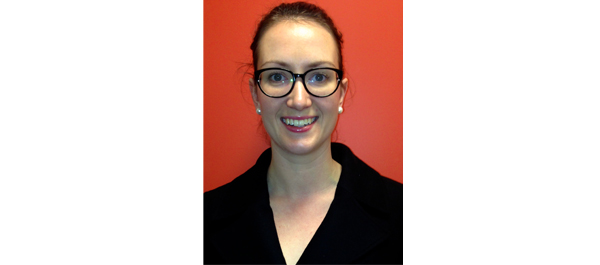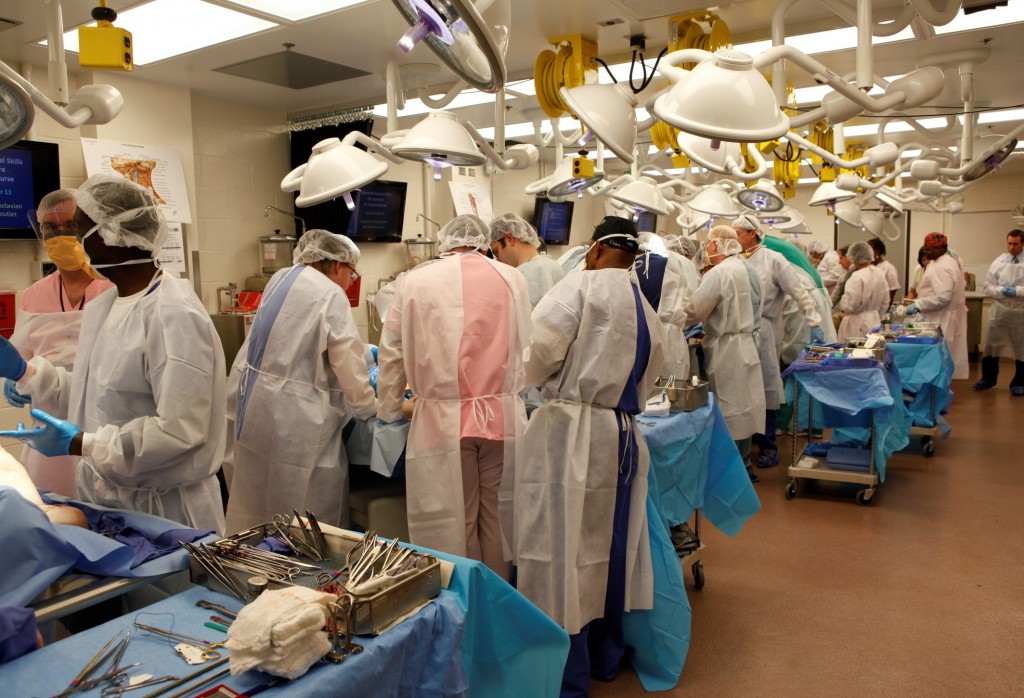Secretary Generals to the big Spring Meetings, European Association of Urology and the American Urological Association
Every Spring, thousands of urologists gather in big cities with mega-venues to attend one or both of the annual congresses of the EAU and the AUA. These are big events with respect to release of the latest scientific trials, instructional courses, plenary sessions, and of course multiple ways to see and interact with advances in industry partners. But who orchestrates these massive events occurring over multiple days? Of course it requires a full team of expert staff members, and in both groups, they employ an outstanding Urologist to a multi-year contract to serve as secretary and be a principle organizer of the annual meeting. We asked each secretary general to share their perspectives with 5 questions.
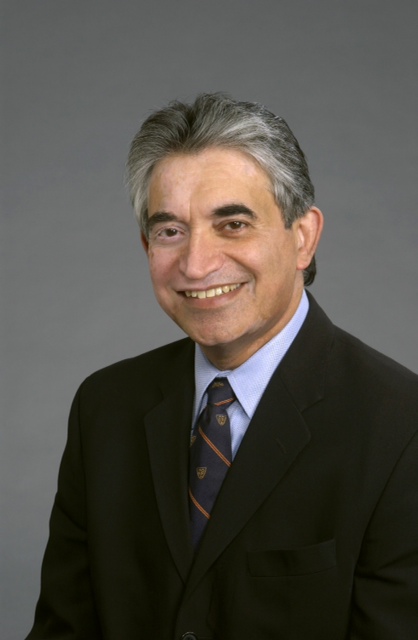
Gopal Badlani–Secretary to the AUA 2011-2015. The New Orleans AUA will be Prof. Badlani’s last as AUA and will certainly be an exciting meeting and fitting celebration to an excellent term of service and creative updates to the annual meeting.
1) What excites you about your meeting format and location?
PAA: Stockholm of course is a major draw, but we don’t know if it will be Spring or Winter at the time. Forty percent of our draw is from beyond Europe—Latin America, China, and India. We know that Stockholm is an exotic city worth the trip, but hopefully they find the meeting and the quality of education worth the trip. Stockholm is recognized as one of the best venues, and our office staff knows venues across Europe. The problem here is that the Swedish economy is booming and its one of the most expensive cities in the world. We were able to downsize the hotel prices, but its very expensive. In addition, Pharma support for attendees has dropped from 80% to 60%. The weather has been rather decent.
GB: We changed our format this year to incorporate Friday as the first official day of the AUA Annual Meeting, showcasing a full day of research programs and a highly successful Crossfires: Controversies in Urology program. It certainly generated “buzz” and continued discussions surrounding such controversies throughout the meeting.
2) What about high impact studies being presented?
PAA: One coming up is the PREVAIL study with Enzalutamide “Pre-chemo”. We also have our own Swedish national cancer registry and there are some data coming out favoring early treatment of prostate cancer. This is one of the oldest in the world. Peter Wiklund will present this. Another that will be updated Tuesday is the European randomized screening trial. The principal investigator after Fritz Schroeder is Jonas Hugosson from Gothenberg. He got permission from Lancet to update the Swedish arm of that trial. You will find differences between centers and there will be an update with longer follow-up.
GB: Our plenary sessions highlighted late-breaking news, new AUA clinical guidelines and the latest advances in urologic medicine. It was in this forum, we heard from Dr. Anthony Fauci on ending the HIV/AIDS pandemic and its lifecycle from scientific advances to public health implementation.
It was also where attendees heard from Dr. Ajay Nangia about the adverse effects of common medications on male fertility to outstanding sessions on benign disease, the challenges in managing spinal cord injury patients with neurogenic bladder as well as mesh use for urinary incontinence (Drs. Flynn and Rovner).
Our International Prostate Forum more than tripled anticipated attendance. Dr. Andrew Schally, a recipient of the Nobel Prize in Medicine, as well as a number of experts from around the world, provided global perspectives on prostate cancer.
Eight debates on today’s hottest topics in urology were showcased through our standing-room only Crossfire-Controversies in Urology event. Our Town Hall transported attendees into the future of simulated surgical training and imaging. This session included presentations from experts and pioneers in 3D and molecular imaging as well as surgical simulation.
3) What are key metrics of the meeting?
PAA: We have 120 countries represented. Registration is about 700 off from Milan last year, but are pleased overall given the expense noted, and sponsorship from Pharma continues to decrease.
GB: Our meeting continues to attract over 15,000 attendees from over 120 countries. More than 2,200 abstracts were presented and more than 2,500 speakers.
4) What are key trends important to Urologists attending your meeting? Why do they attend?
PAA: There is a need for meetings like this for people to meet and to start up multi-institutional trials, even trans-Atlantic. We hope to facilitate translational research. For example, we facilitated the first ever World Chinese meeting—Taiwan, Hong Kong, and Mainland—all together, and very difficult to organize from a political viewpoint. We were very pleased with this and left politics aside.
GB: There are a number of major concerns affecting American urologists, including issues affecting fair and appropriate payment (e.g., the sustainable growth rate, or SGR, the formula which is used to set Medicare payments for U.S. physicians), certain provisions under the Affordable Care Act (such as the 90-day grace period for recipients of advanced payments in the large group health insurance market places) and the impact that unfunded mandates such as prior authorizations, required accreditations, etc., have on our practices. All of these issues are compounded by the fact that our U.S. physician workforce is shrinking and, unless significant steps are taken to fundamentally reform graduate medical education, the country will have an insufficient supply of physicians to adequately meet patients’ needs in a timely manner. This shortage is of specific note to urology, since we have the second-oldest surgical subspecialty workforce, and limits on funding for urology residency programs make it extremely difficult to get more medical students into urology residencies.
5) What are your impressions of the venue and city?
PAA: Honestly I was not involved in that decision-making. We have 70 people working full time in our office in Holland. We had our own congress consultants working, looking at new venues. We have mainly concentrated our annual congress to limited venues—Madrid, Barcelona, Paris, Vienna, Milan, London in the future, and in Germany Munich and Berlin. Scandinavia so far its only been Stockholm as we can take care of 15,000 people here and we have a good congress venue. In the future it will be Copenhagen as they have a new congress venue that is closer to Europe. So we are going to rotate between these venues. We have not been able to find a venue in Eastern Europe that accommodates that many people.
GB: We enjoyed being in sunny, warm Orlando in May. Orlando has a good mix of hotels to offer to our attendees – from an impressive full service Ritz Carlton to a few lower cost options such as the Days Inn and Marriott Courtyard. Overall, I think the Orlando Convention Center worked well for us. Looking forward, the excitement is in the air surrounding next year’s location, New Orleans May 15-20, 2015. Program planning begins this summer!
So there you have it. While most of us run around these meetings trying to figure out which session suits our interest, or where we have to moderate/speak next, the secretaries have a very different perspective. They worry about meeting formats, costs, weather, who will show up, what will they think. I was also impressed that while most of us tend to network on the fly by just walking around the venue and bumping into colleagues, the secretaries have very tight schedules run by their staff. I appreciate the time both gave to us. Note that the answers may flow differently as Per-Anders did a sit down interview with an iPhone recorder running, while Gopal gave me typed answers after the meeting.
Thank you to both secretaries on strong annual congresses.
John W. Davis, MD, FACS
Associate Editor, BJUI





